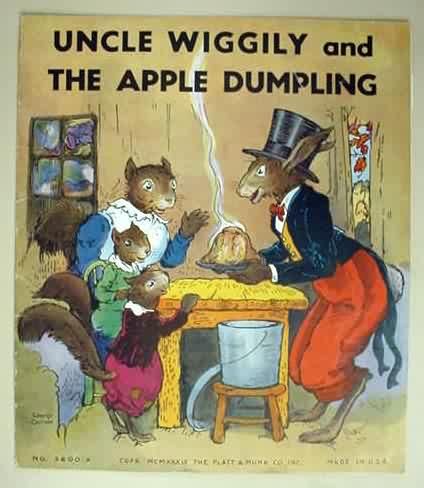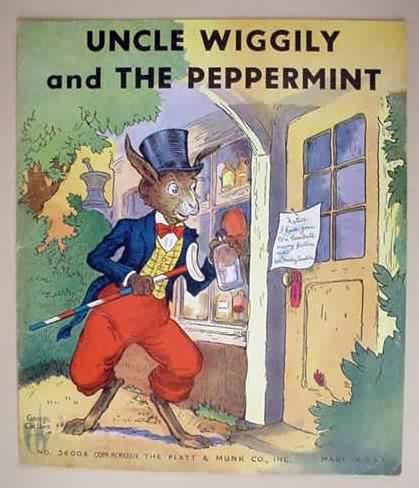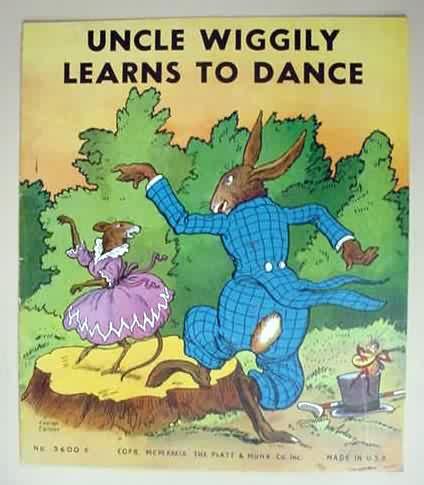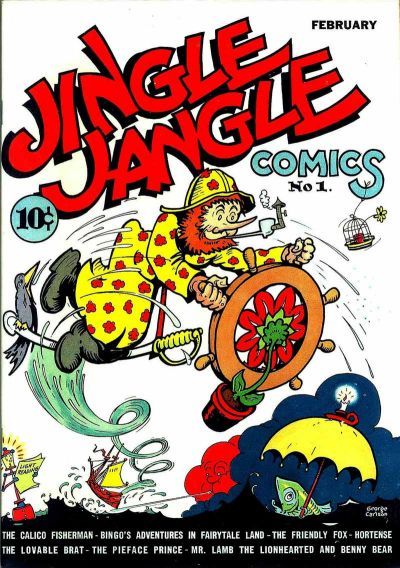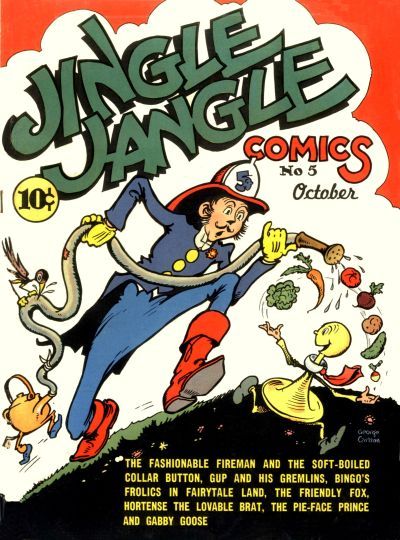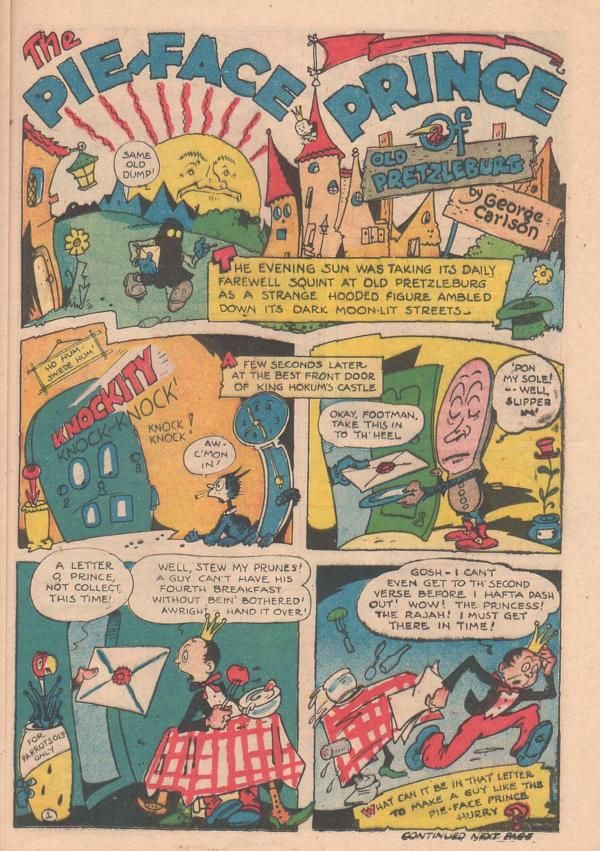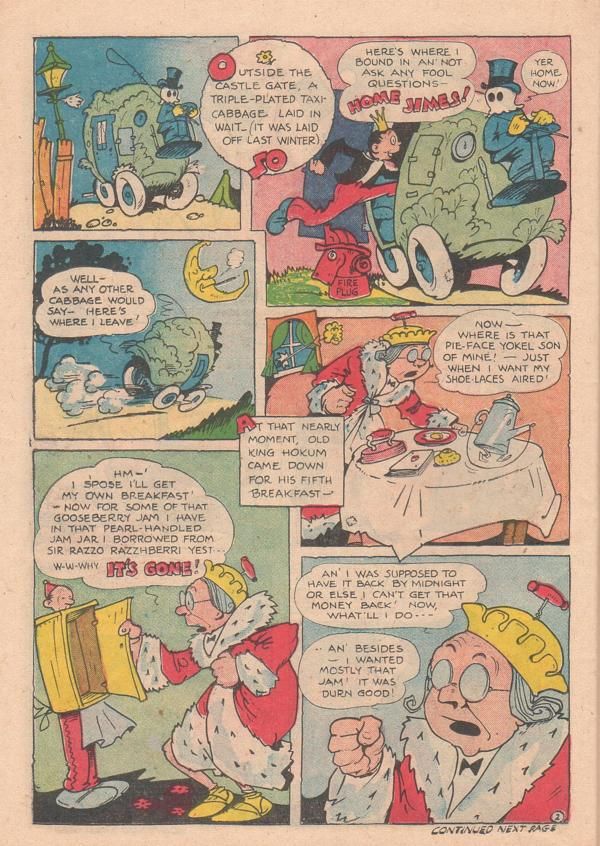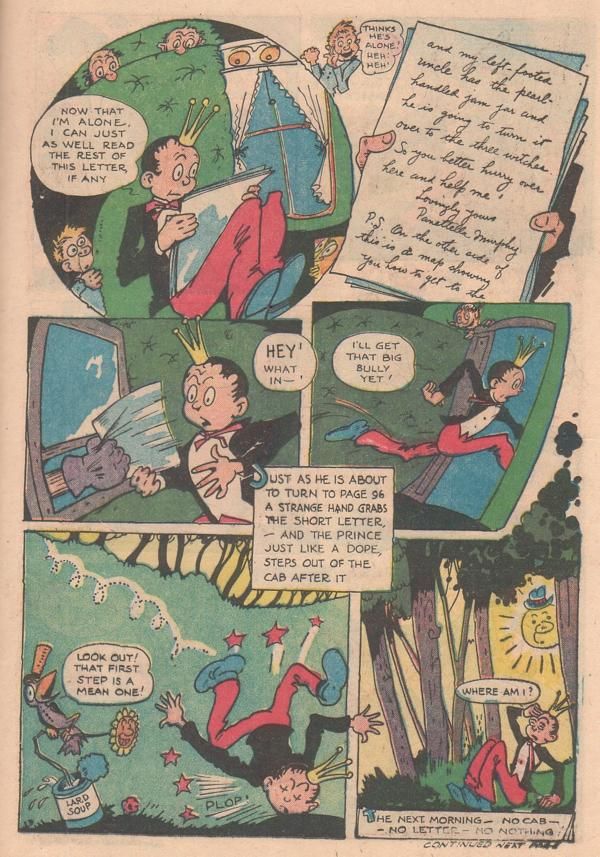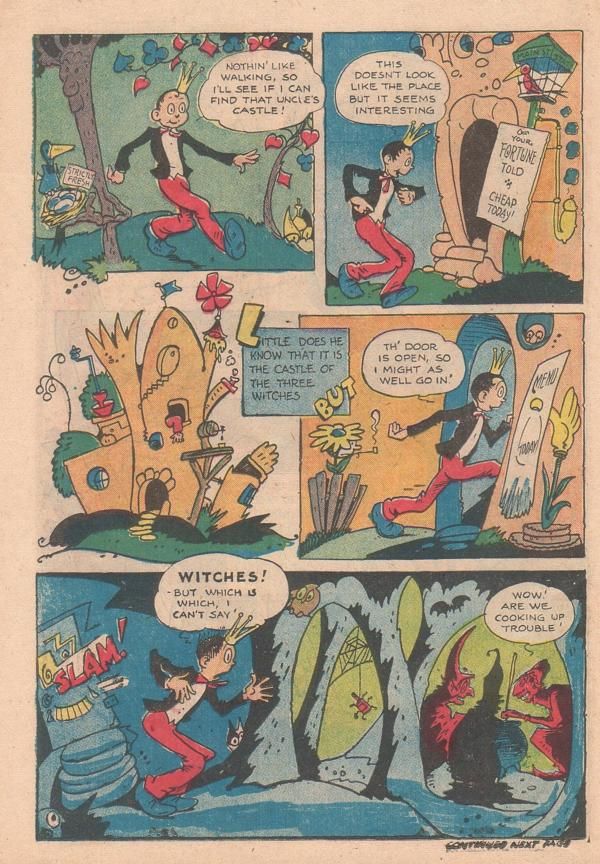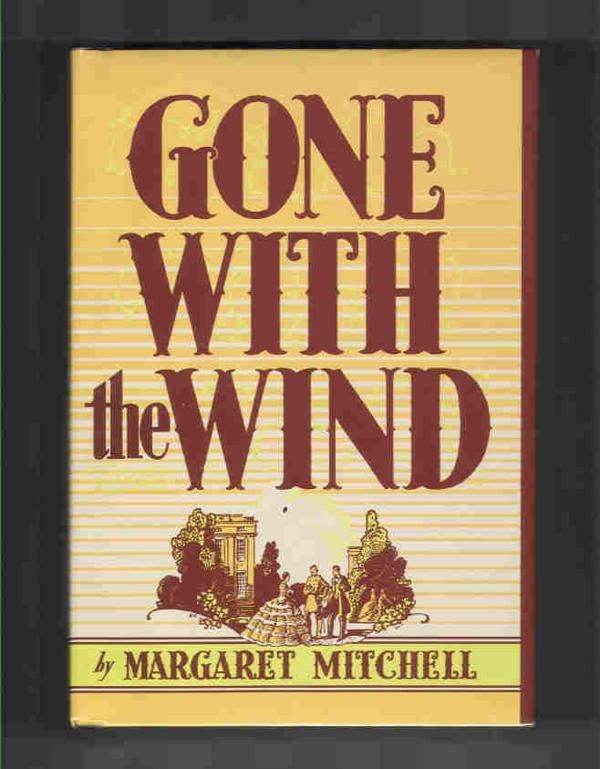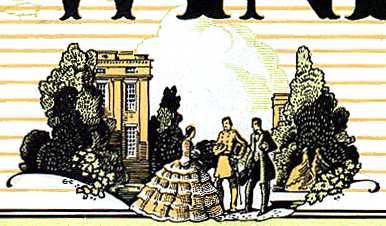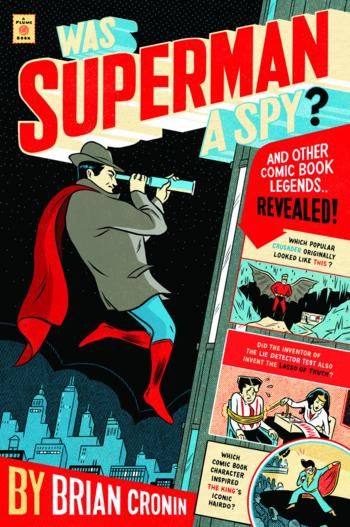This is the one-hundred and ninety-eighth in a series of examinations of comic book legends and whether they are true or false. Click here for an archive of the previous one-hundred and ninety-seven.
This week is a special theme week. The theme? BEFORE the Golden Age of Comics!
Let's begin!
COMIC LEGEND: A popular comic strip character was co-opted by a peanut butter company.
STATUS: True
If you're in the United States, when you hear the word "Skippy," I am sure that you, like most other folks, would think of the popular brand of peanut butter (although I guess some folks would think of the Family Ties character). However, during the early 20th Century, if you heard the word "Skippy," you would definitely think of Percy Crosby's massively popular comic strip of the same name.
Percy Crosby was born in Brooklyn in 1891. He left school as a teenager to begin working in the newspaper industry. After a tour of duty in World War I, he returned to the States and continued his career in publishing, working as a cartoonist at a number of newspapers and magazines.
In the early 1920s, he debuted a character in the pages of Life Magazine (before the magazine became known for its photographs) named Skippy.
After a little while, Crosby debuted Skippy as a comic strip and it was soon nationally syndicated. In a rarity for the time, Crosby retained the copyright on the character. In 1925, he registered Skippy as a national trademark, saying simply "for publication use."
Skippy was all about the misadventures of a young boy named Skippy Skinner. It was sort of a mix of Tom Sawyer, Buster Brown (a major influence, I have to imagine) and Peanuts (speaking of influences, Crosby likely influenced Schulz).
At the height of Skippy's popularity in the early 30s, Crosby was making over $2,000 a week from the syndicated strip.
Here are some samples of the strip...
In 1931, Crosby licensed the rights to Skippy to a major motion picture called, appropriately enough, Skippy.
The film launched the career of young Jackie Cooper, who became one of the most famous child stars of the era. The film was nominated for four Academy Awards, including Best Picture, Best Adapted Screenplay (written by Joseph L. Mankiewicz, who later won the Award for All About Eve. Mankiewicz's older brother won the Award for Citizen Kane), Best Lead Actor for Cooper and Best Director, for Norman Taurog, who actually WON the Award!
Crosby was very aware of how much money he could make licensing Skippy, and he did so frequently, for almost everything imaginable...
Card games...
Coloring books...
Comic books (this giveaway comic is worth a ton nowadays)...
Ice cream...
Songs...
Children's ties...
even Westinghouse lamps!!!
There were so many licenses that Crosby actually set up a corporation, Skippy, Inc. in 1932 to handle all of the licenses. At the same time, Skippy, Inc. also pursued claims against all the various companies that attempted to use the name Skippy withOUT a licenses.
We take a break from this story to introduce the next player in this story, Joseph Rosefield.
Joseph Rosefield was an entrepreneur in the food business who developed a process that revolutionized peanut butter forever. Peanut butter had been around for years, but the problem was that the peanut oil would separate from the peanuts and the whole thing would spoil. That would happen fairly quickly, making the product somewhat of a luxury. In 1922, Rosefield came up with the idea to hydrogenate the peanut oil. This keep the oil from separating from the peanuts, and viola, suddenly you had a peanut butter that could stay fresh for MONTHS (heck, probably even a year or so).
In 1923, Rosefield licensed his process to Swift & Company, who had begun making E.K. Pond brand peanut butter in 1920. In 1928, Swift re-named E.K. Pond Peter Pan peanut butter.
It was a big success.
So take those two things in mind - the peanut butter was a success and it was really popular under the name of a children's character.
So therefore, in 1933, Rosefield decided to start his OWN peanut butter company, and he named his brand of peanut butter Skippy, and sought a registered trademark on the name.
Here comes the conflict!!
Crosby's lawyers push to invalidate Rosefield's registration, and succeed in doing so.
However, Rosefield keeps producing Skippy peanut butter, and during World War II, they were forced to put the peanut butter in glass jars because of tin shortages. It was at this time that Rosefield came up with the idea that all peanut butter companies use now - the "wide mouth" top of the jar.
Around here, peanut butter sales boomed, particularly post-World War II.
Now while peanut butter sales were booming, Crosby and Skippy were in a bit of a funk. Crosby was not a fan of President Roosevelt, and often used the strip to take shots at the President. As the 40s went on, the strip became less popular (I dunno if that has to do with Crosby making it more political) and the strip ended in 1945.
Crosby sunk into alcoholism and in 1948, he attempted suicide. He spent the rest of his life locked up in an mental institution. While this was going on, in 1947, Rosefield's company secured a federal trademark on the name Skippy for Peanut Butter.
In the late 50s, Corn Products Company (later Bestfoods) bought Rosefield's company. In 2000, Bestfoods was purchased by and is now part of the vast Unilever multi-national corporation/empire.
When Crosby died, his daughter, Joan Crosby Tibbetts, became the head of his estate, and she has basically spent the rest of her life trying to put right what she feels went wrong with her father.
Up until this point, besides a small settlement in the late 1970s, Tibbetts has been unsuccessful, mostly for the following two points:
1. The courts are unsure of whether Crosby's Skippy trademark really protected him from the use of the term for a peanut butter product.
and
2. Crosby and Skippy, Inc. did nothing about it for about two decades, while the company/ies behind Skippy spent millions of dollars producing and advertising the product - the legal notion of laches has been applied to this case (the notion being "you can't sleep on your claim for decades without losing it").
That's currently the legal situation.
Now if you ask me?
I think both points are strong legal arguments, and heck, they're most likely absolutely correct, particularly the whole "doing nothing for decades" one.
That said, come on, it's pretty obvious that Skippy peanut butter was trying to co-opt Crosby's character.
It doesn't get much clearer than looking at this comparison between a 1931 Skippy candy bar and the 1933 Skippy peanut butter can...
Come on, you can't tell me that they were not trying to cash in on Skippy's popularity as a brand name.
Still, whether you believe that or not, the fact remains that this case has gone as far as it can (Tibbetts took it all the way to the Supreme Court), so it is what it is.
If you would like to read more about Tibbetts' tireless, decades-long fight for her what she feels her father and his estate deserve, check out her website here, skippy.com.
I really admire Mrs. Tibbetts, but be forewarned that she goes on about some other ideas on the site that are a bit more far-fetched (some conspiracy theories abound). Still, it's an amazing resource for what was an American icon for years.
Thanks to Mrs. Tibbetts for her efforts and all the great pictures and scans she has available on her site, skippy.com!
Thanks to Roadside Pictures' photostream for the beautiful picture of a vintage Skippy peanut butter tin. And thanks to "Miss Peanut Butter" for the Peter Pan lid picture.
COMIC LEGEND: Bluto was changed to Brutus in the 1960s Popeye animated series because Bluto was owned by the company that did the previous Popeye animated series.
STATUS: As it turns out, False
This is technically about an event that occurred during the Silver Age, but it's about a character from the 1930s, so it still counts, consarnit!!
Popeye, the break-out star from Elzie Crisler Segar's classic Thimble Theatre comic strip, was developed by Fleischer Studios as a cartoon serial series to debut in 1933. The Studio asked Segar if he could help them by introducing a recurring villain for Popeye to fight.
Segar then introduced "Bluto the Terrible" in 1932.
Bluto popped up in the Fleischer cartoons and he then became a major sensation as Popeye's famous arch-rival.
Fast-forward to the late 1950s, and Fleischer Studios (now known as Famous Studios) were finished with the Popeye serials.
King Feature Syndicate decided that they would then make cartoons of Popeye of their own.
When it came to Bluto, however, since Segar had created the character for Fleischer, King Features figured that Paramount (who now owned Famous/Fleischer) had the rights to the character, so they introduced a "new" character named Brutus, who was like Bluto, but fatter and, well, named Brutus (the voice actor, Jackson Beck, was even the same).
However, after the fact they realized that no, since Segar introduced the character first in the comic strip, King Features owned the character themselves! So they introduced a "new" character for no reason!
He's been back to Bluto ever since! But for a whole generation of kids, there's that big confusion over what exactly is the difference between Bluto and Brutus!
COMIC LEGEND: An early comic book pioneer was the cover artist for Gone With the Wind!
STATUS: True
George Carlson was born in 1887, and sadly, there is not a lot known of his early career, as the first time he really seemed to pop on to the collective radar was in the 1920s, when he must have already been in his 30s. You really have to wonder what he was doing in the 1910s.
In any event, he worked as an illustrator for a number of children's books, and also worked on what would easily be termed a direct precursor to comic books, children's "magazines" that were filled with comic stories.
Here is a sample of some of his work from this era...
In the late 1930s, after getting a break the previous year, Carlson probably had some of the most productive years of his career when he became the illustrator of the popular Uncle Wiggly children's books by Howard R. Garis
Those are some great looking books!
In 1942, Carlson was involved in the Golden Age of comics in the pages of Jingle Jangle Comics.
He was a regular in the comic for many years.
His work was astonishingly good.
Here are four sample pages from Jingle Jangle Comics #5...
WOW, right?
Oh, yeah, and in 1937, there was this unknown author who was publishing her first novel. Carlson was hired to produce the dust jacket for the book.
Five months later and a million copies of the book sold, Margaret Mitchell was a star, Scarlett O'Hara and Rhett Butler were icons and George Carlson's work was seen by more people than he could ever imagine.
Here's a detail of the cover...
Can you even imagine the notion of gaining this fame and success at the age of 49?
Well, "success" is a bit strong here, as it was not like he made money off of the sales, and besides the Uncle Wiggly books, it is unclear if doing the cover for one of the most successful novels of all-time really helped Carlson all that much.
Still, it's pretty neat to think of a comic book artist being the cover artist for Gone with the Wind.
Carlson passed away in 1962.
Thanks to Sherm Cohen for his amazing comic book history site, Cartoon Snap, and specifically for the Jingle Jangle scans. You can see the rest of the Jingle Jangle story at Cohen's site here. Thanks to Gasoline Alley Vintage Books for the Uncle Wiggly cover scans. Thanks to goofbutton.com for the early George Carlson scans (they have more of them up here). Finally, thanks to Jim Vadeboncoeur, Jr., for a neat bio of Carlson (with some cool illustrations - be sure to check it out) here.
Okay, that's it for this week!
Thanks to the Grand Comic Book Database for this week's covers!
Feel free (heck, I implore you!) to write in with your suggestions for future installments! My e-mail address is cronb01@aol.com.
As you know by now, Plume Books (a division of Penguin Books) is publishing a collection of my Comic Book Legends Revealed columns (half expanded "best of"/half new stuff) and it is due out on April 28th.
Here is the cover by artist Mickey Duzyj. I think he did a very nice job (click to enlarge)...
If you'd like to pre-order it, you can use the following code if you'd like to send me a bit of a referral fee...
Was Superman a Spy?: And Other Comic Book Legends Revealed
See you next week!

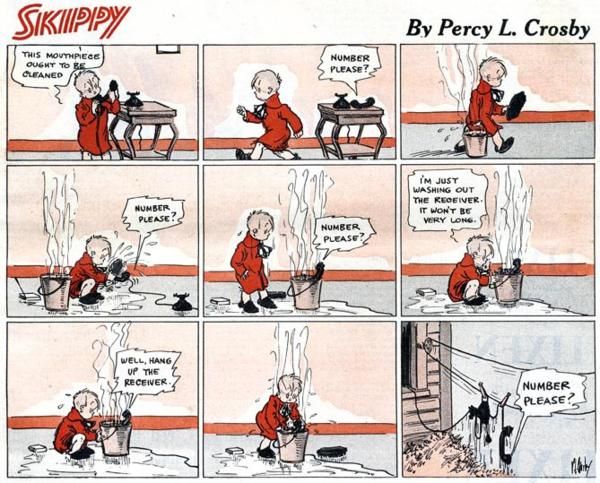
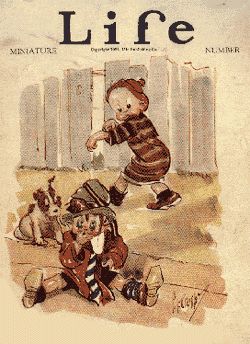
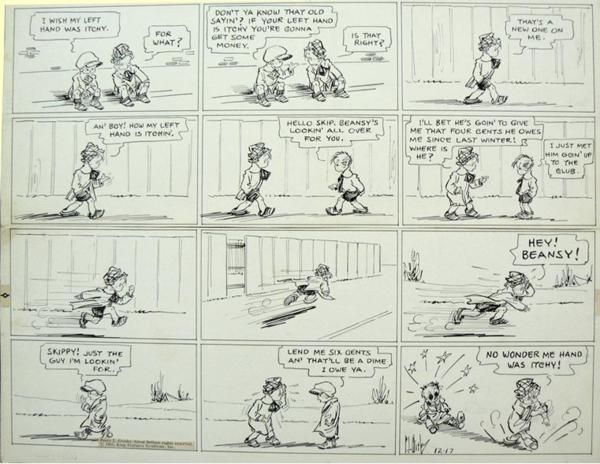

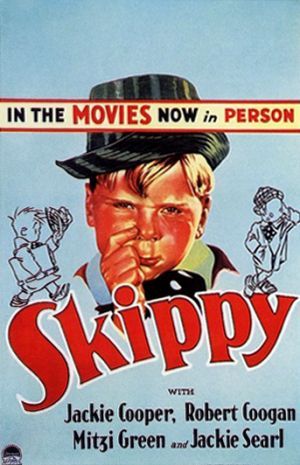
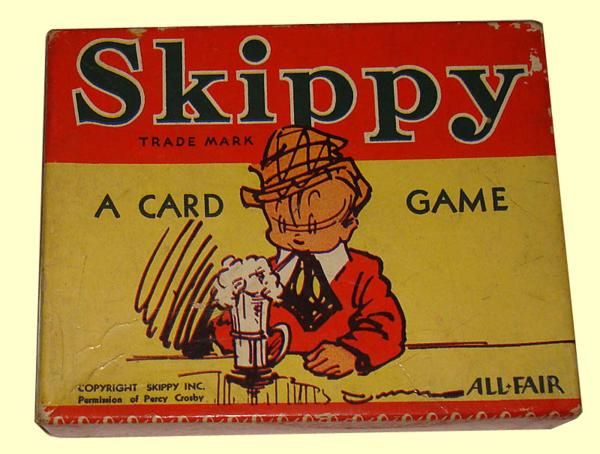
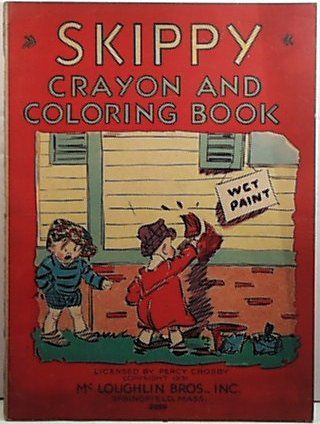
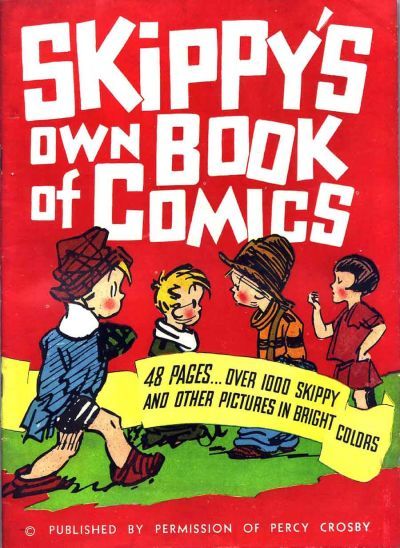
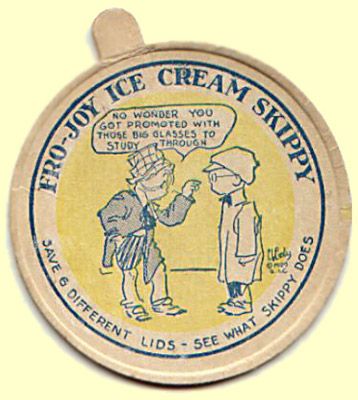
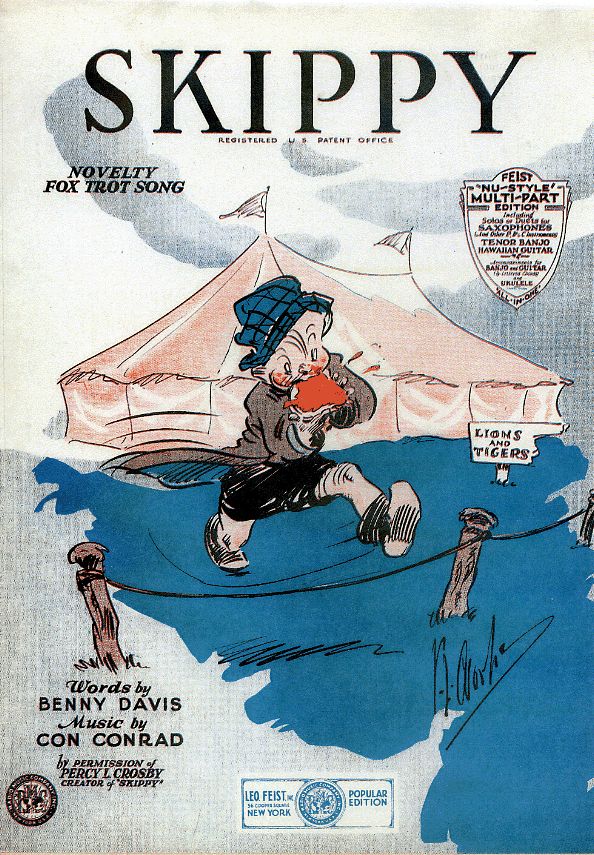
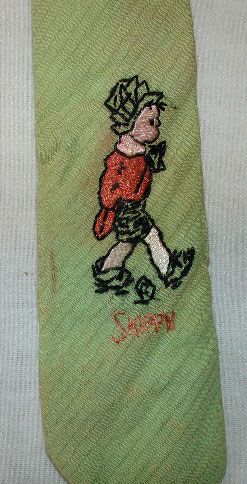
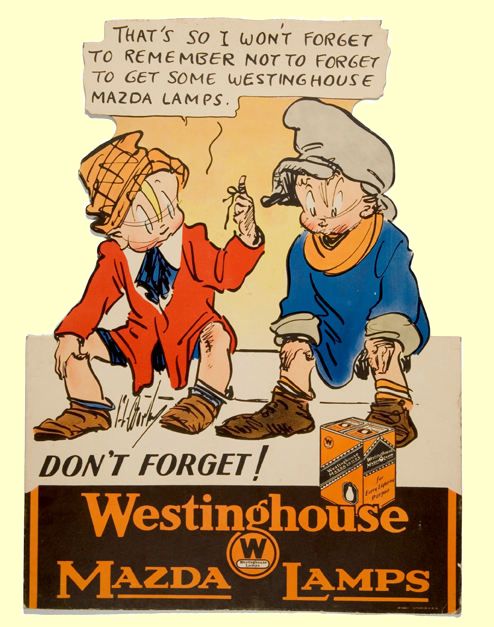
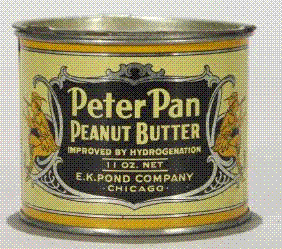
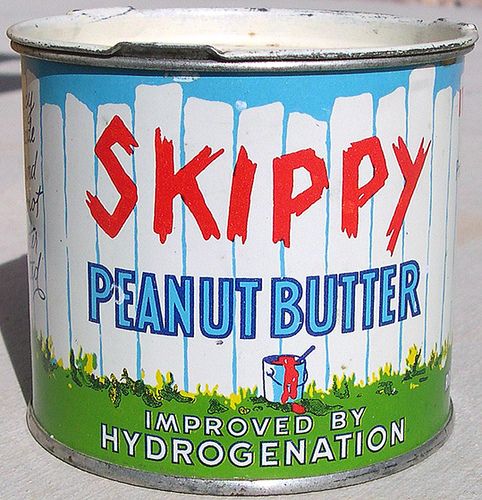
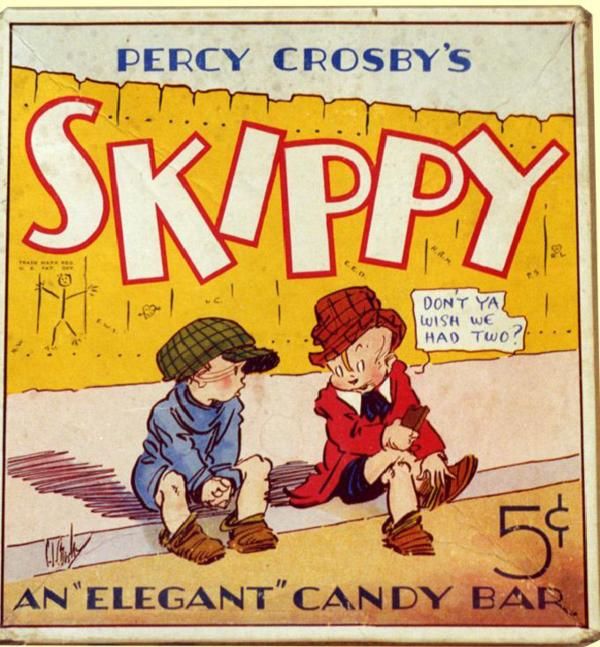
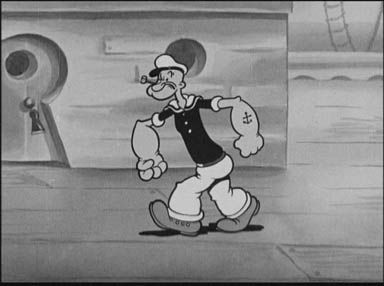
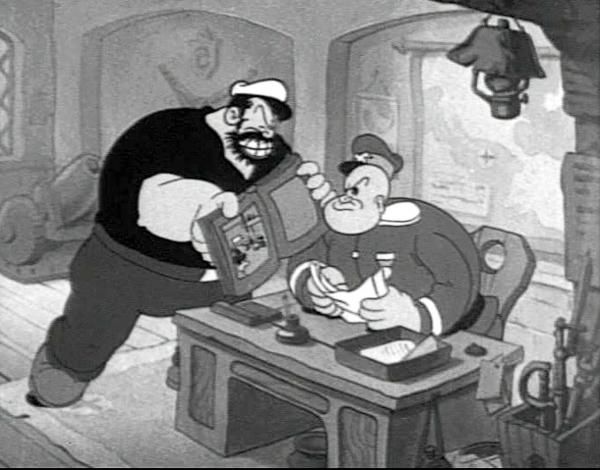

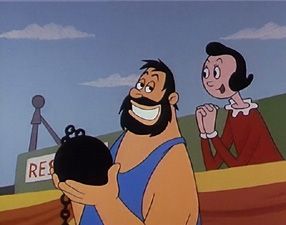
.jpg)
